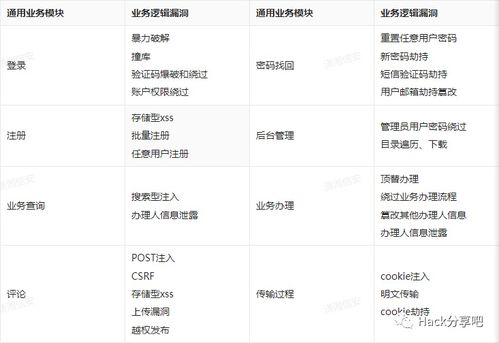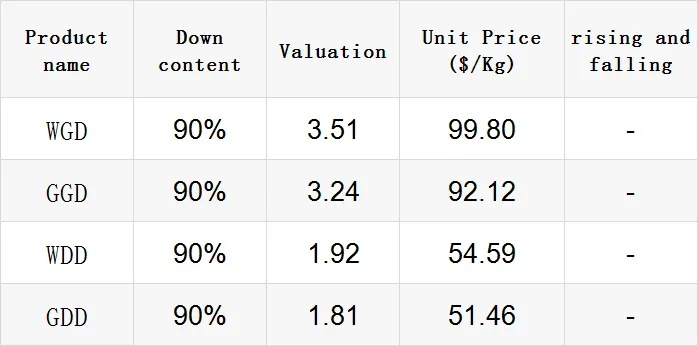Compliance Checklist for Textile Warehouse Storage Management
This paper presents a compliance checklist for textile warehouse storage management. The checklist is designed to ensure that all textile materials stored in the warehouse are properly labeled and categorized according to their type, color, size, weight, and other relevant attributes. It also includes guidelines for proper handling and transportation of textile materials, as well as measures to prevent theft, fire, and other potential hazards. Additionally, the checklist covers important safety regulations and procedures, such as emergency evacuation routes and first aid kits. Finally, it emphasizes the importance of maintaining accurate inventory records and regular audits to ensure continued compliance with industry standards and regulatory requirements.
Introduction: In a competitive global market, textile manufacturers rely on efficient warehouse management systems to maintain product quality and meet customer demands. The success of these operations is often dependent on the proper storage and handling of textile materials. This checklist aims to ensure that warehouses operate under strict guidelines to minimize damage, maintain high levels of product quality, and comply with industry standards.

-
Material Sorting and Categorization:
- Use standardized sorting procedures for all types of textile materials based on size, color, pattern, and weight.
- Maintain a separate category for each type of textile for easy tracking and identification.
- Label materials properly with accurate information about their origin, destination, and expected usage.
-
Preparation and Handling of Materials:
- Ensure that textiles are thoroughly inspected upon arrival to avoid any damaged or defective items.
- Follow correct handling techniques such as folding or rolling to prevent stretching or creasing.
- Use protective wrapping materials like plastic wrap or foam pads for fragile textiles.
- Establish a system for managing materials by size, color, or other relevant parameters.
-
Storage Areas Design:
- Divide the warehouse into specific zones according to the type of textile being stored (e.g., dyed, undyed, woven).
- Ensure adequate lighting, ventilation, and temperature control for all storage areas.
- Install shelving or racking systems to facilitate easy access and minimize material movement.
- Utilize moisture-resistant storage facilities if necessary for certain textiles.
-
Regular Cleaning and Maintenance:
- Implement cleaning schedules for all storage areas regularly to remove dirt, dust, and contaminants.
- Use specialized chemicals for cleaning fabrics that may require delicate handling.
- Keep inventories updated to track the condition of textiles over time.
-
Inspection Regulations:
- Set regular inspection protocols to monitor textile condition and identify potential issues promptly.
- Develop an inventory of inspection records to trace back any discrepancies or damages.
- Train staff on the importance of inspection and how to perform them correctly.
-
Emergency Procedures:
- Have a plan in place for emergency situations like fires, spills, or thefts.
- Train employees on first aid and how to respond quickly in case of accidents.
- Have appropriate emergency response vehicles ready for quick transportation of damaged textiles.
-
Record Keeping and Verification:
- Maintain detailed records of every transaction, including the purchase, sale, and return of textiles.
- Use electronic systems where possible to automate record keeping and reduce manual errors.
- Conduct random verification checks from time to time to ensure compliance with policies and regulations.
Case Study: Let's consider the example of a large textile manufacturing company that operates multiple warehouses across the United States. The company implemented this checklist as part of its commitment to quality control and environmental sustainability. By following this template consistently, they were able to reduce waste, improve efficiency, and increase customer satisfaction. For instance, after implementing regular inspections, the company identified a significant number of defects in raw materials that had been shipped without proper documentation. These defects were then corrected, resulting in a significant reduction in rework costs and improved product quality. Additionally, the use of moisture-resistant storage facilities allowed the company to store more sensitive textiles without compromising their integrity, which enhanced their market position.
Conclusion: Complying with the textile warehouse storage management checklist can lead to increased operational efficiency, reduced costs, and improved customer satisfaction. It is essential for manufacturers to invest in proper storage infrastructure and implement effective policies and practices to achieve these goals. With a well-designed checklist in place, organizations can confidently handle the challenges of textile production while maintaining high standards of quality and reliability.
纺织品仓库作为物资储备的重要场所,其保管工作的规范性和安全性直接关系到物资的质量和企业的经济效益,为了确保仓库物资的存储质量和效率,特制定本纺织品仓库保管要求规范。
仓库保管基本要求
仓库选址与布局
(1)选址应符合安全、环保、交通便利等要求。 (2)仓库布局应合理,便于物资的进出、存储和盘点。
仓库设施与设备
(1)仓库应具备完善的消防设施,确保消防安全。 (2)仓库应配备先进的仓储管理系统,提高存储效率。 (3)仓库应定期进行设备维护和更新,确保设备正常运行。
入库管理

(1)入库前物资应进行质量检查,确保符合质量标准。 (2)入库时应进行数量核对,确保数量准确无误。
出库管理
(1)出库时应遵循先进先出原则,确保物资质量不受影响。 (2)出库时应办理相关手续,确保手续齐全。
案例分析
为了更好地说明本规范的应用,以下通过一个具体的案例进行分析:
某纺织品仓库保管要求规范应用案例
该纺织品仓库位于交通便利的地区,选址合理,布局科学,仓库配备了先进的仓储管理系统和消防设施,确保了消防安全和存储效率,入库前物资质量检查严格,入库时进行了数量核对,出库时遵循先进先出原则,手续齐全,该仓库还定期进行设备维护和更新,确保了存储物资的质量和稳定性。
保管要求具体规范
入库前的保管要求
(1)入库前物资应进行分类存放,便于查找和管理。 (2)入库前物资应进行质量检查,确保符合质量标准,对于不合格或质量有疑问的物资,应拒绝入库。
存储过程中的保管要求
(1)存储过程中应定期进行盘点,确保账实相符,对于易损坏或易变质的物资,应采取相应的防护措施。 (2)存储过程中应保持仓库环境的干燥、通风、清洁,对于潮湿、霉变等不良环境应及时采取措施进行处理。 (3)对于危险品、易燃品等特殊物资,应严格按照相关规定进行存储和管理。
出库时的保管要求
(1)出库时应遵循先进先出原则,确保物资质量不受影响,对于过期或损坏的物资,应及时处理并重新入库。 (2)出库时应办理相关手续,确保手续齐全,手续不全或不符合要求的物资不得出库。 (3)对于特殊物资的出库,应遵守相关法律法规和公司规定。
总结与建议
本纺织品仓库保管要求规范旨在提高仓库保管工作的规范性和安全性,确保物资的质量和企业的经济效益,在实际应用中,应严格按照本规范执行,同时结合实际情况进行灵活应用,建议企业加强仓库管理人员的培训和管理,提高仓库保管工作的水平和管理能力,还应加强与供应商的合作,确保物资的质量和供应稳定性。
Articles related to the knowledge points of this article:
Exploring the Art of Romance in Textiles
Textile Classification,Components,and Care
A Comprehensive Guide to Buying Cheap but Quality Apparel Online



